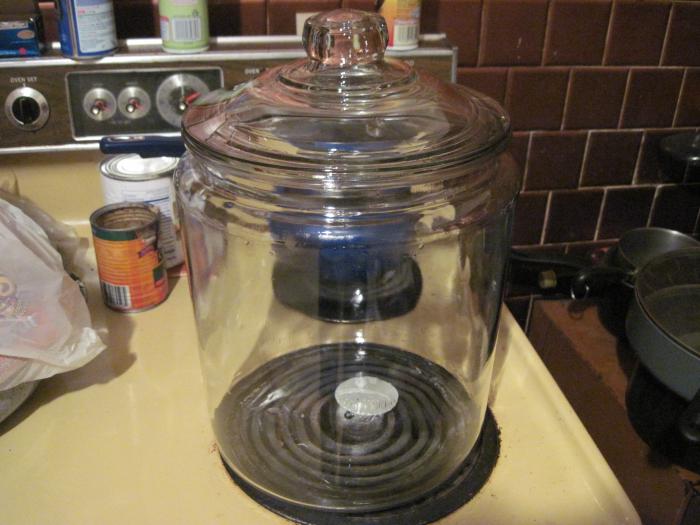ok guys here is a experiment i put together 2 days ago. 8 cups of thai jasmine rice 4 cups water 4 cups apple cider. used the rest of the gallon of cider in a 2 gallon glass cookie jar put the rice in one large scoop at a time and stirred it in. this left about 3 fingers from the top then saw 3 bananas on the counter and pilled mashed them to a paste put them in mixed it up and let cool. i then put some yeast on top red star pasteur champagne and let it ride for about 1.5-2 hours then crushed up 2 large yeast balls and about 4 tbl spoons of ryr mixed it in. this took off very quick less then a day i saw liquid. in 1.5 days there 4 fingers of liquid with some rice on top and some on the bottom noticed the stuff on top looked a little more solid so i mixed it in. tried what was on the spoon it was sweet but the bananas overpowered everything. a few questions
1 do you think by putting the yeast in early there is a chance i can get away from the high liquid to rice ratio?
2 i understand alot of the liquid on the bottom my be apple cider but the rice soaked this all up at first. could this have caused the fermintation to happen everywhere else faster?
1 do you think by putting the yeast in early there is a chance i can get away from the high liquid to rice ratio?
2 i understand alot of the liquid on the bottom my be apple cider but the rice soaked this all up at first. could this have caused the fermintation to happen everywhere else faster?























































![Craft A Brew - Safale BE-256 Yeast - Fermentis - Belgian Ale Dry Yeast - For Belgian & Strong Ales - Ingredients for Home Brewing - Beer Making Supplies - [3 Pack]](https://m.media-amazon.com/images/I/51bcKEwQmWL._SL500_.jpg)




